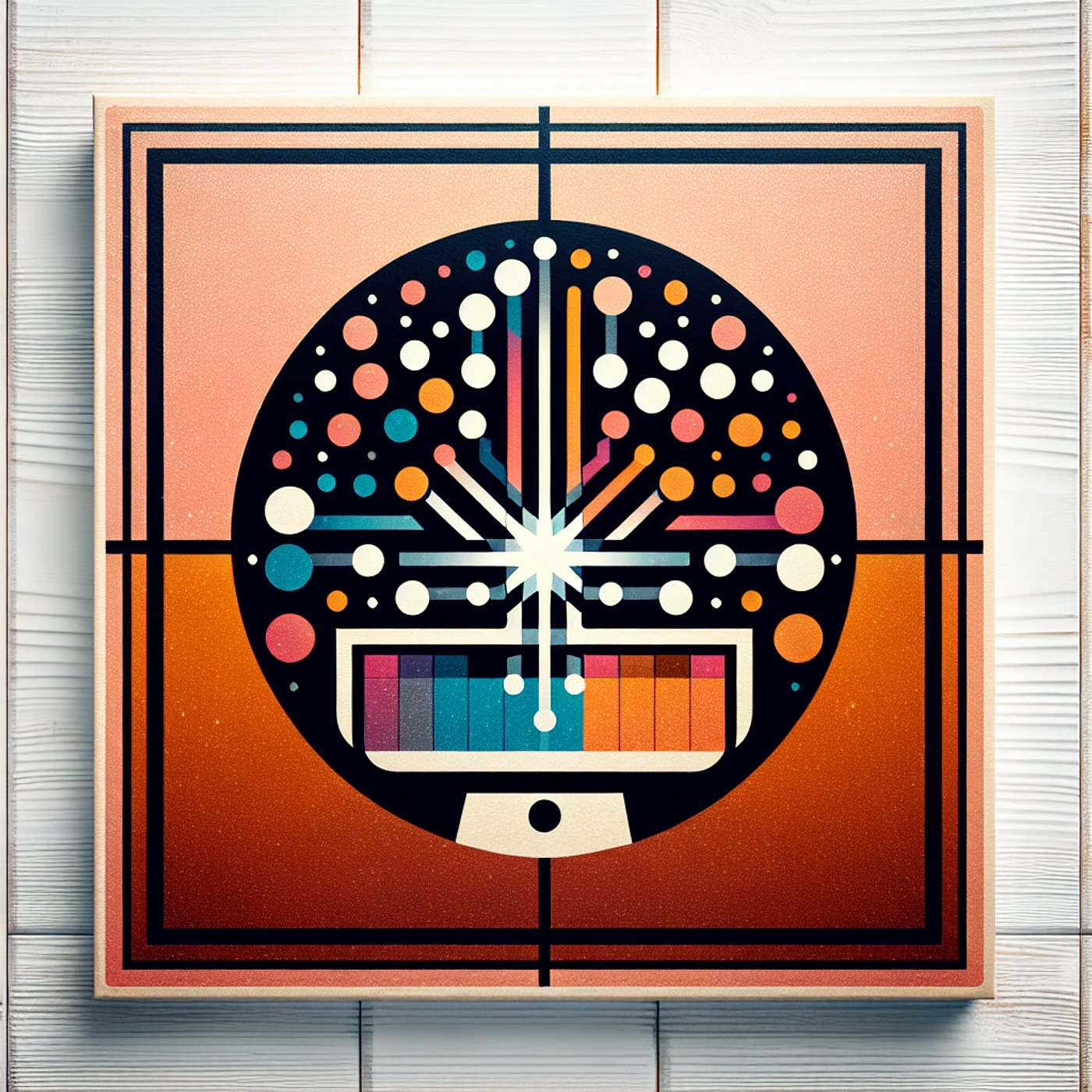
Unlocking the Secrets of Screen Technology
Description
In this episode of Making Software, we delve into the captivating world of screen technology with expert Dan Hollick. Discover how screens work, from the traditional CRT monitors that use electron guns to modern LCD and OLED displays utilizing liquid crystals and organic compounds. Learn how colors are created through additive color mixing and why each pixel functions like its own light bulb. Dan shares fascinating analogies to help listeners appreciate the intricate technology that powers our digital experiences. Join us for an enlightening discussion that demystifies the screens we often take for granted!
Show Notes
## Key Takeaways
1. Screens manipulate light to create images through various technologies.
2. Traditional CRT monitors use electron guns, while modern displays like LCDs and OLEDs use liquid crystals and organic compounds.
3. Color display is achieved through additive color mixing with red, green, and blue subpixels.
4. Each pixel functions like its own light source, allowing for millions of colors.
5. A simple analogy: Screens are like a painter's canvas where pixels act as dots of paint.
## Topics Discussed
- How screens work
- Electron guns and CRT technology
- LCD vs. OLED displays
- The role of subpixels in color creation
- The analogy of screens as canvases
Topics
Transcript
Host
Welcome to the Making Software podcast, where we dive deep into the fascinating world of software design and development! Today, we're going to explore something that’s often taken for granted - the screens we use every day. We’ll unravel how screens work and why they are crucial to our digital experience. Joining us is Dan Hollick, an expert in display technology. Dan, thanks for being here!
Expert
Thanks for having me! I’m excited to discuss screens and their inner workings.
Host
Great! So let’s start with the basics. How does a screen actually work? It seems so simple when we look at it, but there's a lot happening behind the scenes.
Expert
Absolutely! At a fundamental level, screens work by manipulating light to create images. Traditional screens, like CRT monitors, use electron guns to shoot beams of electrons onto phosphorescent materials. When these electrons hit the phosphor, they light up and create the images we see.
Host
Electron guns? That sounds like something out of a science fiction movie! How does that translate to modern screens like LCDs or OLEDs?
Expert
Good question! Modern displays have evolved significantly. Instead of electron guns, LCDs – or liquid crystal displays – use tiny crystals that can change their alignment when an electric current passes through them. This alignment alters how light passes through, allowing us to create images. OLEDs take it a step further by using organic compounds that emit light when an electric current is applied. So, no backlight is needed!
Host
Wow, that's fascinating! It’s like each pixel is its own little light bulb. Can you explain how color comes into play in these displays?
Expert
Sure! Each pixel in a modern screen is typically made up of three subpixels: red, green, and blue. By adjusting the brightness of each subpixel, a screen can create a full spectrum of colors. Think of it like mixing paint – by combining different amounts of red, green, and blue, you get all the colors you see on your screen.
Host
So, is that how screens are able to display millions of colors?
Expert
Exactly! Each subpixel can have varying intensities, which allows screens to produce millions of colors through a process called additive color mixing. It’s amazing how combining just three colors can give us such a rich visual experience.
Host
That’s incredible! It makes me appreciate screens a lot more. Before we wrap up, can you share a simple analogy that helps listeners understand how screens work?
Expert
Sure! Think of a screen like a painter's canvas. The individual pixels are like tiny dots of paint. Just as a painter carefully chooses colors and applies them to create a beautiful scene, a screen manipulates its pixels to create the images we see. The technology behind it is complex, but the end result is all about creativity and expression!
Host
I love that analogy! It really brings everything together. Thank you so much for sharing your insights, Dan. It’s been a pleasure having you on the show.
Expert
Thank you for having me! I hope listeners now have a better appreciation for the screens they use every day.
Host
Absolutely! And to our listeners, thanks for tuning into Making Software. We’ll catch you next time for more tech insights!
Create Your Own Podcast Library
Sign up to save articles and build your personalized podcast feed.